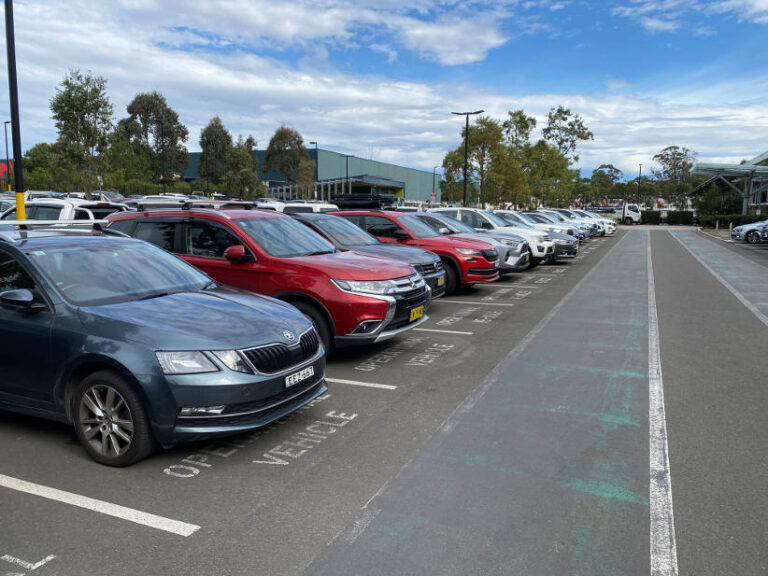Buying a new car is a great experience or a daunting one depending on your reason. If you need a car urgently you won’t get a chance to pick the right time to get the best deal. However if you’re planning to upgrade, buying at the right time of the year could save you thousands of dollars.
The used car market has seasons just like with houses and weddings. Everyone loves a wedding in spring because of the weather. Not too hot, not too cold; and normally less chance of rain. More houses hit the market in September because buyers have shaken off the winter blues and are ready to venture out. Used car prices follow similar patterns.
More stock, less buyers
Between April and October used car prices typically soften as more stock enters the market and buyers disappear during the cooler months (Either hibernating or too busy with winter sports). So this is the time to plan your used car purchase.
There’s more stock because companies turn over their fleet vehicles at this time of year. Most fleet vehicles are on a fixed term replacement schedule. So if it was purchased new in May 20 year ago, it will be replaced in May every three to five years.
A lifetime ago when there was car manufacturing in Australia. The car factories (along with every other factory) would close or slow down in December/January which stopped the delivery of new cars into fleets. So they would place orders in February to get a car built in the new year and it would arrive in March or April.
COVID impact on used car prices
The first national COVID lockdown in 2020 sent used car prices into a free fall. We all thought the world was ending as the borders were closed. Once people went back to work public transport became too risky so people bought cars.
Businesses also bought more cars because employees couldn’t travel in the same car. Industries like mining and construction that would transport multiple workers in the one vehicle needed to put them in separate vehicles.
The increased demand coincided with supply chain disruptions and computer chip shortages to drive used car prices to record highs.
The prices were so high it made more sense to order a new car at retail and wait rather than pay the exorbitant prices being advertised for a used car. Used car prices peaked in mid-2022, 50% higher than in January 2022. Since then, prices have been dropping. (Datium Insights)
2023 Outlook
If you’re planning a used car purchase, 2023 could be a good year. More new car stock will arrive to fulfil the massive order banks being held by manufacturers and dealers. Rising interest rates and inflation will slow the demand from retail buyers allowing fleets to access more vehicles and release used ex-fleet cars into the market.
Between now and Easter used car prices should remain steady. After that, prices should continue their decline from the peaks in 2022 as more new cars arrive and fleets catch up with the replacement schedules which have been disrupted in the past two years.
Unfortunately most used fleet vehicles will be older with more kilometres. Companies held onto them longer due to the supply shortages so cars with lower kilometres (less than 80,000) will continue to achieve above market prices.







